We think it’s pretty neat that we can grow and mill flour here in the Dungeness Valley. Growing many kinds of grains is a strategy that helps us in case one of the varieties doesn’t do well in any given year. For example, if the hard red wheat gets hit by disease, we still have several other wheat varieties to sell.
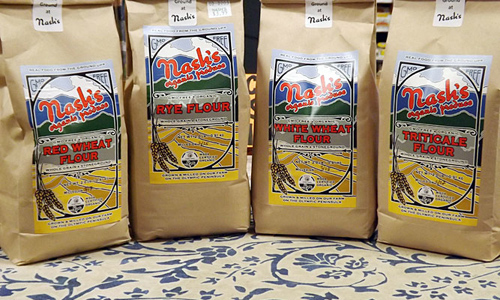
Which Nash’s flours have you tried? Which do you like best for bread, and which for pancakes? Let us know in the comments below!
So what’s the difference between all these flours? Recently crew member and marketeer Bre Krumpe made scones out of each kind of flour for our marketeers to taste test — and here are the results!
Hard Red Wheat Flour
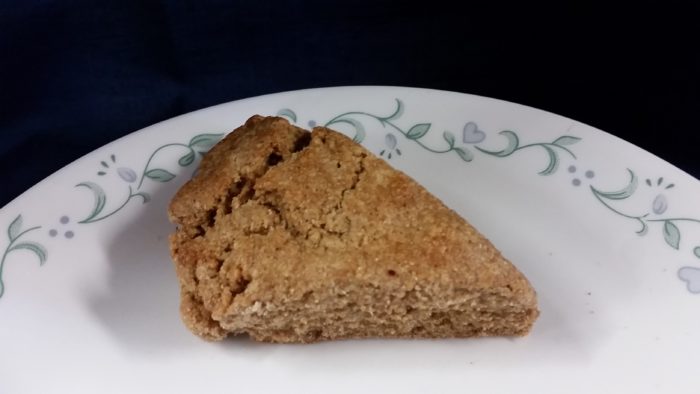
A scone made with Nash’s hard red wheat flour
This is our go-to flour for bread. It is high in protein and high in gluten, so your bread rises well. It gives a hearty flavor and produces a crisp crust and a crumb with desirable irregular holes. As its name suggests, it gives your bread a slight reddish color. It is great for sourdough or yeasted breads, biscuits, pancakes, muffins, cookies, pizza and pie crusts and for thickening stews and gravies.
Soft White Wheat Flour
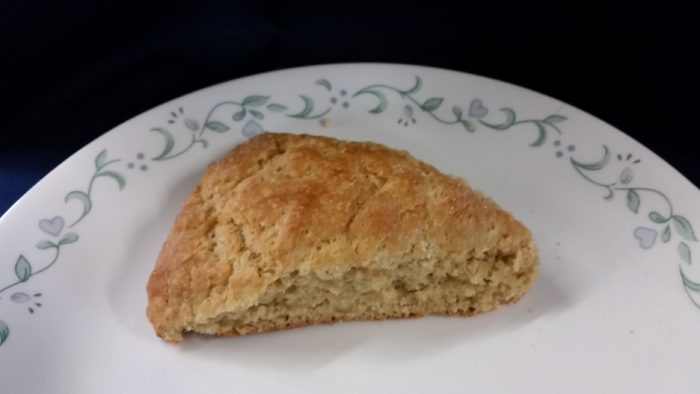
A scone made with Nash’s soft white wheat flour
This flour is great for pastries and cakes, as well as croissants, pasta, shortbread, biscuits, pizza dough, pie crusts, and thickening stews and gravies. It has a sweet taste, and its protein and gluten content are lower than Hard Red, so your baked goods won’t rise as much.
Triticale
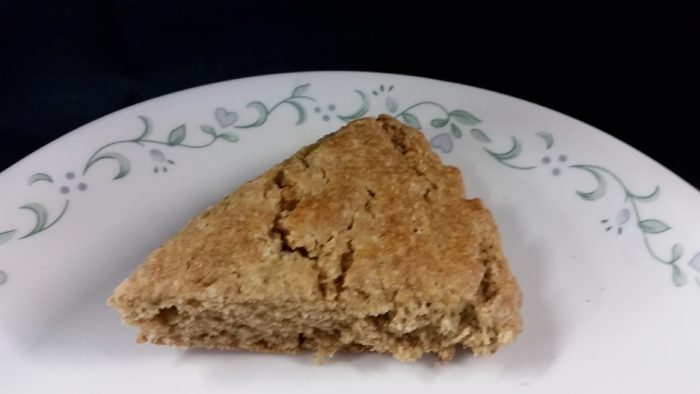
A scone made with Nash’s triticale flour
Pronounced “trit-ah-KAY-lee,” this flour is a quiet superstar. The plant is a cross between wheat and rye, and gives a moist, hearty, nutty flavor with a slightly spongey texture. Most bakers like to mix triticale flour half-and-half with wheat flour for yeasted breads, or use triticale straight-up in non-yeasted baked goods, like scones, muffins, cookies, and pies. We recommend kneading your triticale dough gently (about 3-5 minutes) due to the lower content of its delicate gluten.
Rye Flour
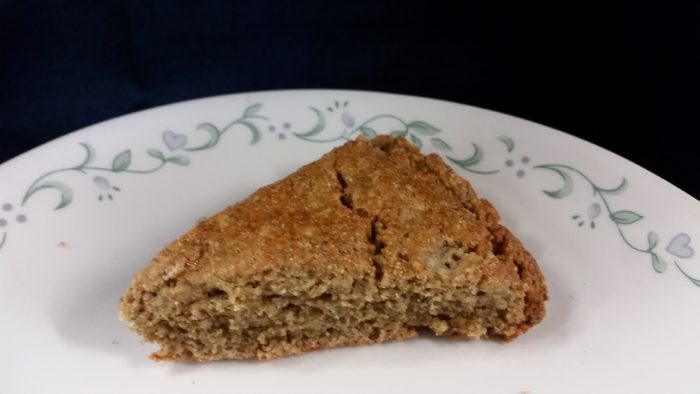
A scone made with Nash’s rye flour
When you think of rye, you might imagine a strong caraway taste — but on its own, rye flour tastes just like any other flour, with a tangy, slightly sour flavor that works well in sourdough loaves.
Buckwheat Flour
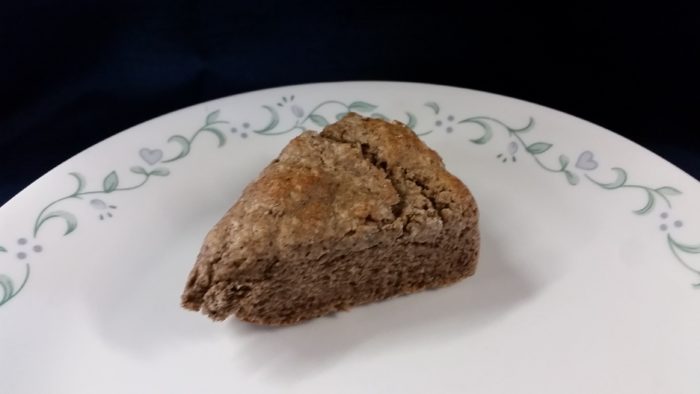
A scone made with Nash’s buckwheat flour
Buckwheat flour is famously used in hearty buckwheat pancakes — and for good reason! That earthy, nutty flavor shines through when you use this flour in other baked goods too. Buckwheat is gluten-free. (We process buckwheat on equipment that also processes wheat, so we can’t claim that our buckwheat flour is 100% gluten-free. However, the gluten content is small enough that most gluten-sensitive people can tolerate our buckwheat flour.)
Barley Flour
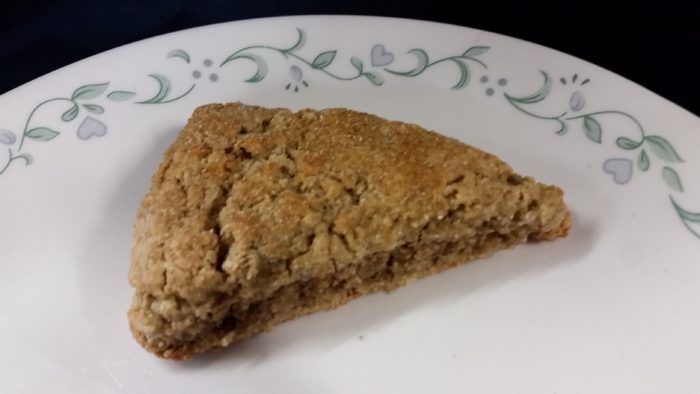
A scone made with Nash’s barley flour
Here is the newest addition to Nash’s flour line. It is a low-gluten flour with a mild, sweet, nutty flavor. Our barley is a mix of three varieties: one reddish, one yellowish, and one greenish. Bre’s barley scones developed a pretty purplish tint inside!
For the best results with any of these flours, keep it in your freezer in an airtight container, like a plastic bag. This prevents the flour from oxidizing and keeps it fresh.
What have you made out of Nash’s flour? Did you combine multiple flours, or are you a purist? Let us know in the comments below!
